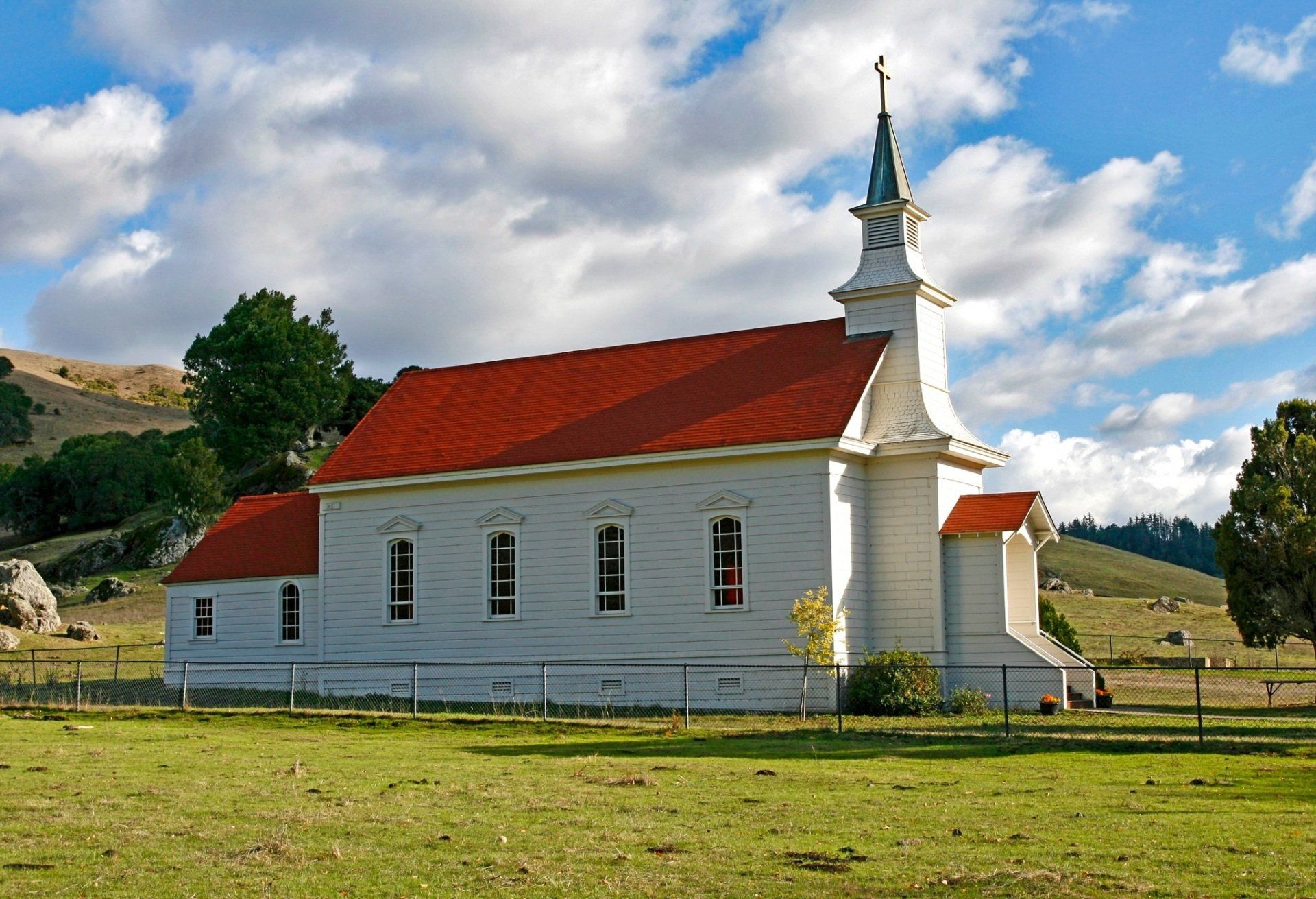Did Jesus Rise from the Dead?
The Evidences for the Resurrection are a powerful argument for the Christian faith
Did Jesus Christ Rise from the Dead?
The Resurrection of Jesus Christ: Luke 24:1-12
In Luke 24 we read about Mary Magdalene and the other women going to Jesus’ tomb on the Sunday after the crucifixion full expecting to find Jesus’ dead body. But the tomb was empty. They ran back and told the disciples. The text says Peter ran to the tomb and found nothing but the linen used to wrap Jesus’ body. Peter was amazed and wondered what had happened. So has everyone else in history. The empty tomb has been one of the best arguments in history for the truth of Jesus Christ. Many have committed their lives to Christ based on the evidence for the resurrection; many consider Sir William Ramsey to be the greatest archaeologist of the nineteenth centry. Ramsey was a devout Christian but he had set out originally to disprove the resurrection. But after examining the evidence he concluded that Jesus Christ really did rise bodily from the grave. When I was a college student I read a book by a lawyer, Frank Morrison, who also set out to disprove the resurrection but ended up believing it. His book was entitled, “Who Moved the Stone?” and it is still one of the most important questions to ask humanity. In our day many of you know the name Lee Stroebel who had the same experience as the others. He was an atheist who after investigating it decided the resurrection really happened. The list goes on and on.
Jesus was crucified on Friday afternoon and was buried before sundown. The following Sunday the tomb was empty. What happened to Jesus? Historian Paul Maier argued that a supernatural resurrection is a theological event, the truth of which is determined by one’s beliefs. But not the empty tomb. That can be established by historical evidence. And all the historical sources agreed—the tomb was empty. So we can now turn to the question—why was it empty?
Down through the centuries there have been three broad explanations:
First, the disciples stole the body.
This theory actually appears in the New Testament itself in Matthew 28:13. It was the accusation the Pharisees made. Sometime after Jesus’ death Peter, James, and John, et al, snuck over and took Jesus’ body out of the tomb, hid it, and then came forward declaring He had risen.
This theory has a number of fatal problems:
· The disciples were a demoralized group incapable of pulling this off; they were hightailing it out of dodge, not carefully crafting a conspiracy.
· The tomb was well guarded. It would be embarrassing for your prisoner to escape especially if he was dead.
· Paul says in 1 Corinthian 15 that upwards of 500 people saw Jesus after His death. So if you are going to steal the body and start a religion you are going to need an impostor to deceive these people.
· The disciples lived as though convinced Jesus had risen; they died for this truth. People will lay down their lives for false causes. They do not die for a cause they know is false.
· Not one of them ever alluded to the possibility of a stolen body; it is not possible to keep conspiracies secret. Chuck Colson uses this argument in his book, Loving God. Colson was one of the Watergate conspirators. As soon as the slightest bit of pressure was applied to those covering up the bungled burglary they caved in and told all they knew. Colson said this convinced him that the disciples were not conspiring to start a religion by stealing the body.
The second way of explaining away the resurrection is to deny that Jesus really died on the cross. This is known as the “swoon” theory.
Instead of dying, Jesus “swooned.” He lost consciousness while on the cross. He was then taken down and in the damp, cool grave He regained consciousness and came forth trumpeting His resurrection. I first read this theory in “Passover Plot” by Hugh Schonfield, but it was first advanced more than 200 years ago. So, it appears to be a recently invented conspiracy theory. It, too, suffers fatal problems:
· Jesus would have to have help to pull this off and the most likely group would be the disciples; thus, we now have all the problems of Theory #1.
· All the physical evidence is against it; the spear drawing blood and water, the physical beating, how do you walk to Emmaus with nail-pierced feet?
· It’s greatest weaknes is it makes Jesus the author of history’s greatest conspiracy. Even the strongest critics of Christianity tend to look on Jesus favorably. But this theory makes Him a con man of the first order.
· Another problem: Jesus then has to fake his ascension. It wouldn’t help the new religion if Jesus allegedly rose from the dead only to die again.
· One last question: Why did Paul become a Christian? He said it was because he saw Jesus Christ. If Jesus didn’t really rise from the dead then Paul is badly mistaken thinking he had seen Jesus. And he lived a heroic, sacrificial life based on a lie. I think that’s absurd.
Third, and finally, the best explanation: Jesus was supernaturally raised from the dead by the power of God.
This theory fits the evidence better than the others. It is rejected primarily because it requires one to fall on his knees before the Lord and most people don’t want to do that. The evidence against it is an ingrained hostility toward the supernatural and the Christian faith. The strengths of this theory:
· It accounts for Sunday worship;
· It accounts for our own changed lives; we are transformed by the resurrected Christ, not the memory of a person now dead.
· Most importantly, it accounts for the growth and power of the Christian Church, which is the most important event in the history of the human race.
At the end of the book, Why I Am Not An Atheist, by Anthony Flew, there is an interview with N.T. Wright, a British New Testament scholar. His approach to the resurrection is quite creative in my point of view. Here are a few highlights:
1. The ancient world had a wide range of views on life after death but “resurrection” wasn’t one of them. The Jews believed in a “resurrection” at the end of time. The Christians were arguing that this resurrection had happened to one person in advance.
2. The Christians argued that the resurrection involved a transformation of the physical body; a new form of physicality. This was new and unique.
3. The Christians believed this had happened to the Messiah. No orthodox Jew believed this because the Messiah was never going to be killed.
4. The doctrine of the Resurrection was central to early Christianity, not one belief among many like it was in Judaism. Is Easter considered an important day in the Christian faith?
5. In early Christianity there was no spectrum of belief in what happens after death. Resurrection is it. There’s nothing else.
6. Why did all the early Christians have this very new and unanimous view of the resurrection? It must be because they believed it.
7. The resurrection story departs from Judaism in many ways. One of the most interesting is to have women be the first witnesses to Jesus’ resurrection. In the ancient world, including Judaism, women were not credible witnesses. If the resurrection stories were made up you would never have a Mary Magdalene in a starring role.
8. From all this we reach certain conclusions: “In order to explain the rise of early Christianity, in order to explain the existence of those four resurrection accounts plus the bits and pieces in Acts and in Paul, we have to say that the very early church really did believe that Jesus had been bodily raise from the dead. We have no evidence of any very early Christians who believed anything else. But how can we as historians explain that?” (page 209)
9. “The resurrection of Jesus does in fact provide a sufficient explanation for the empty tomb and the meetings with Jesus. Having examined all the other possible hypotheses I’ve read about anywhere in the literature, I think it’s also a necessary explanation.” (page 213, italics his)
Yes it is. He is risen. He is risen indeed! Happy easter everyone!










